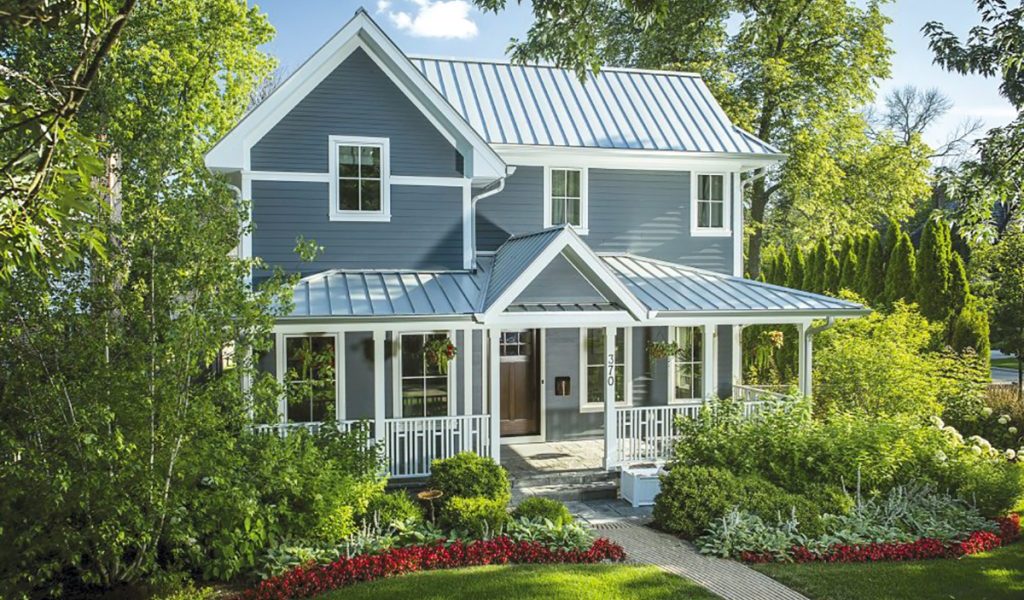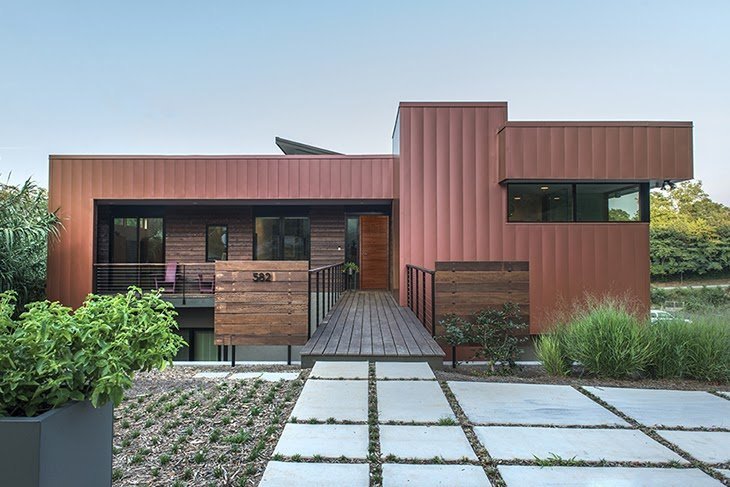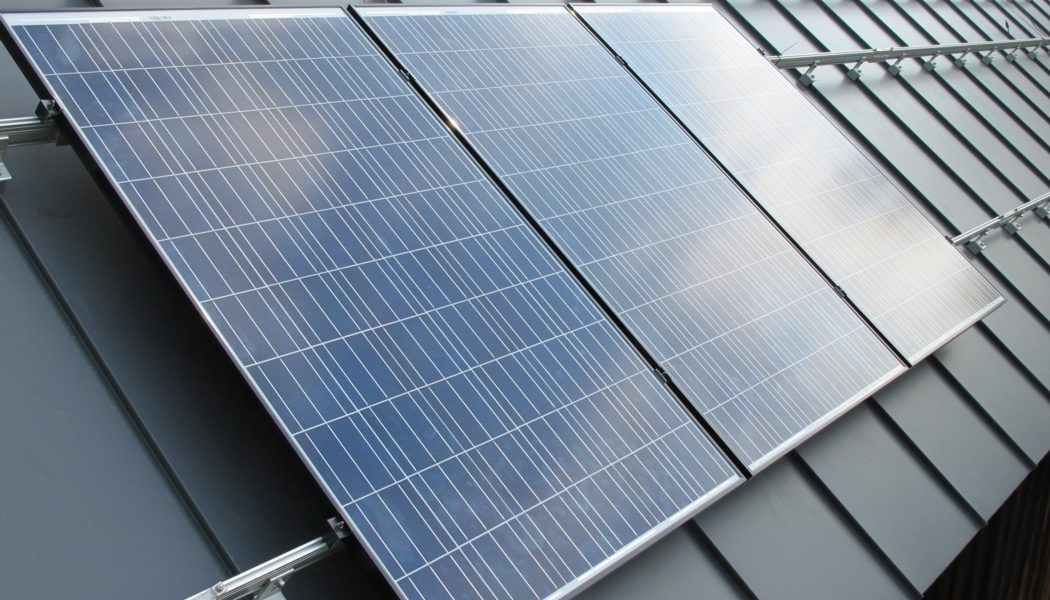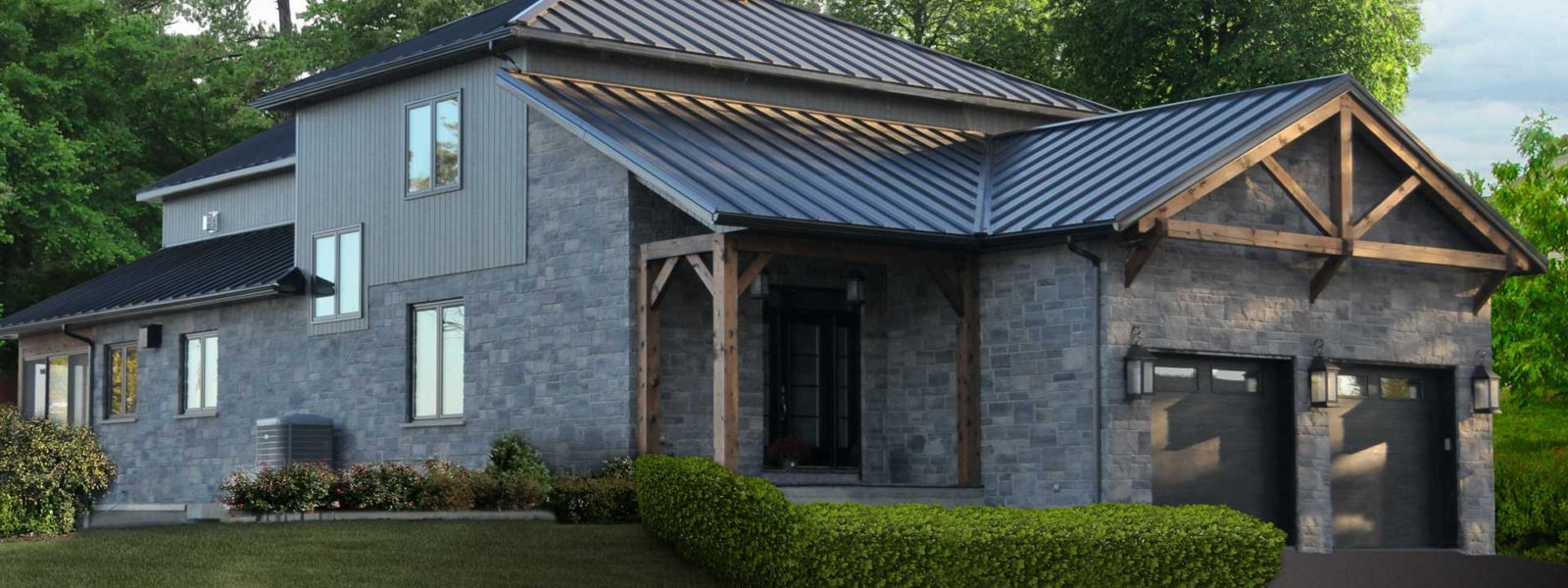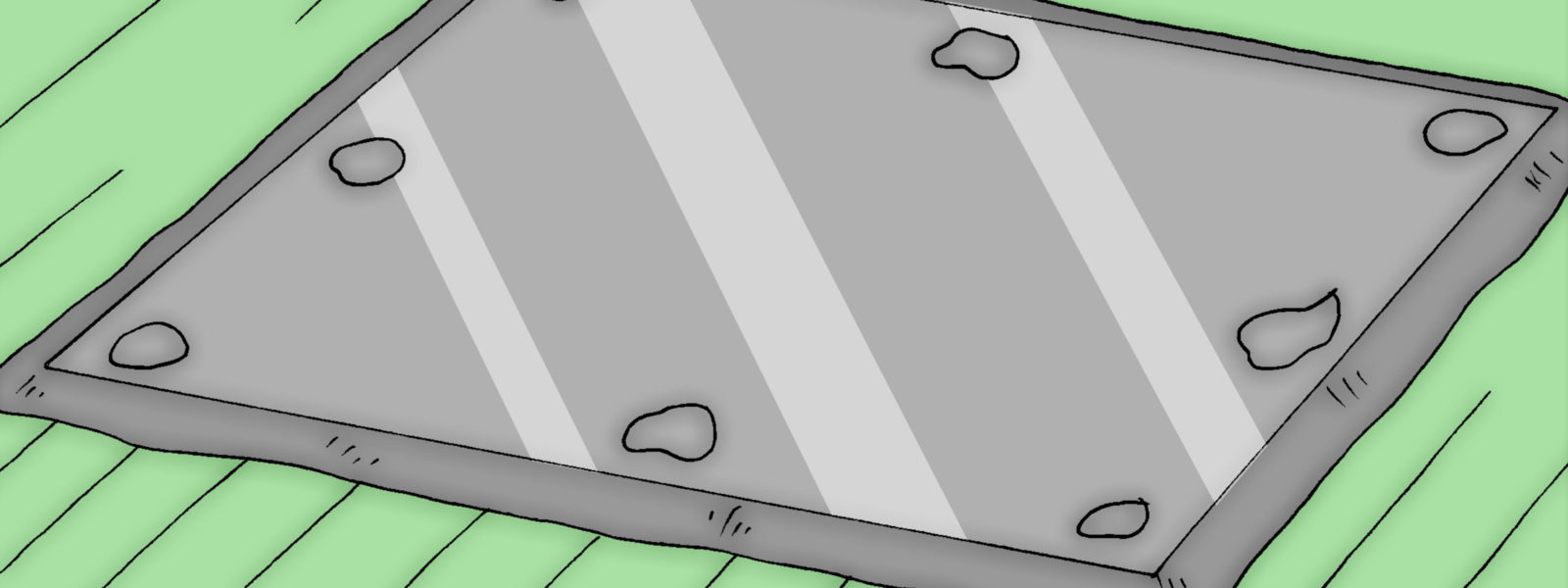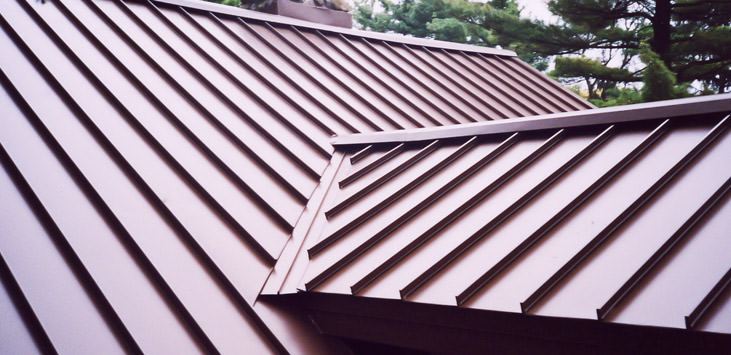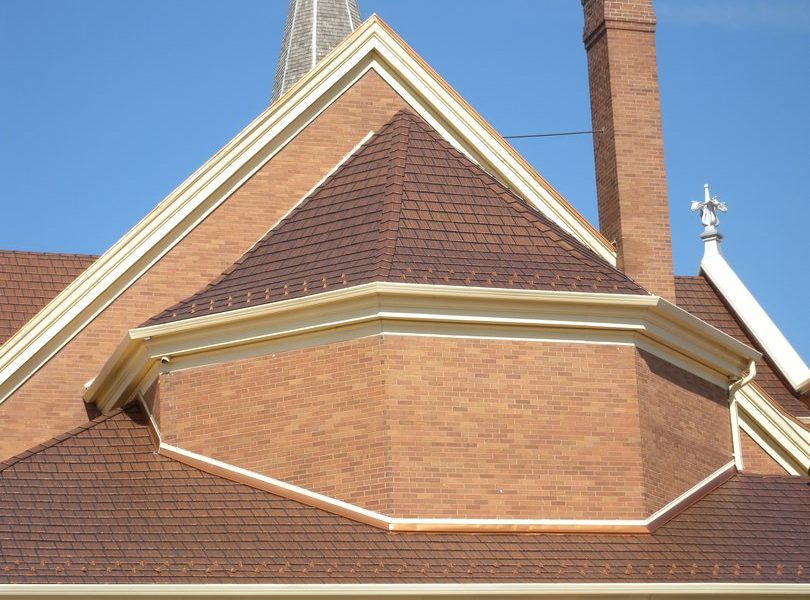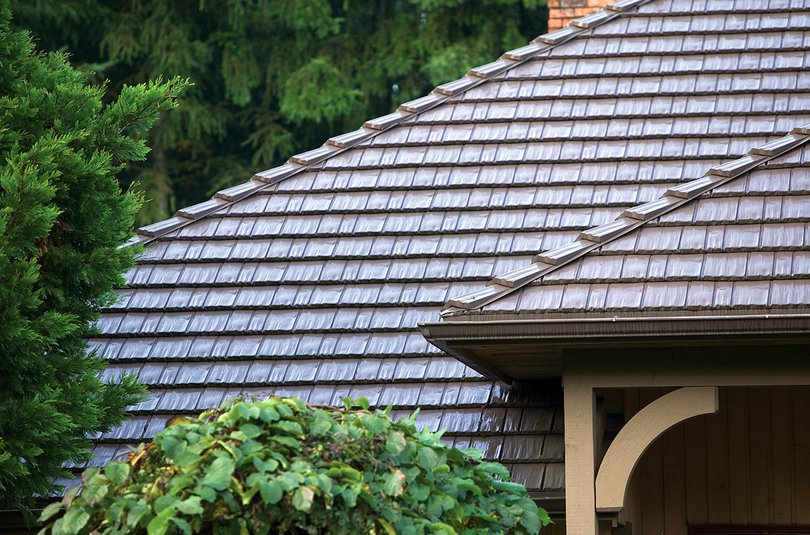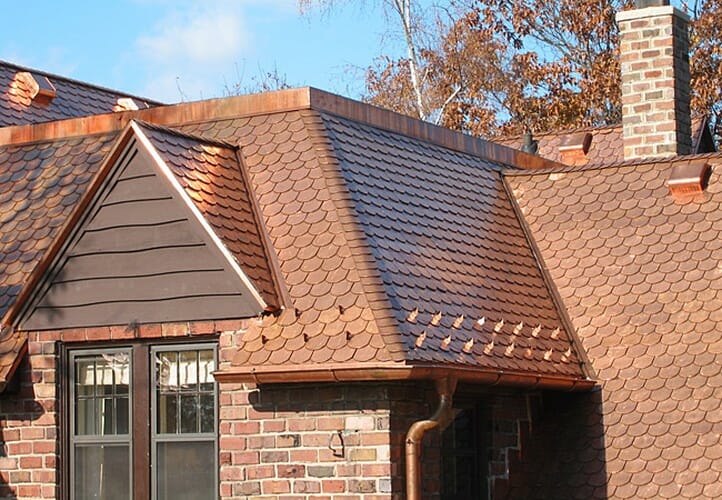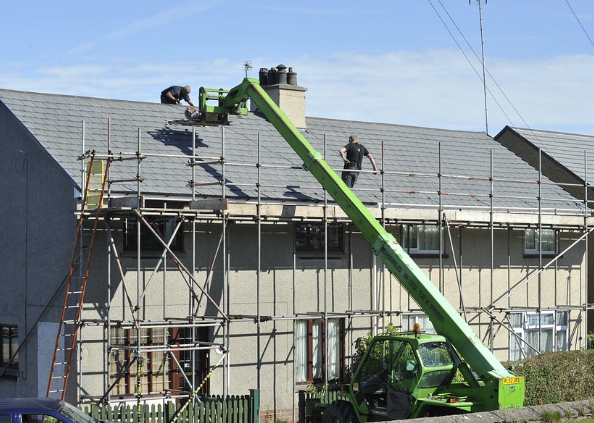One of the most exciting parts of deciding on a metal roof for your structure is undoubtedly choosing which color panel to go with. That being said, this is simultaneously one of the hardest decisions a home or business owner will need to make. After all…there are so many colors to choose from, and these panels can last decades! But it is important to not get lost in the abundance of options. That’s why we have put together some tips for helping you choose which color to go with on your metal roof.
Tip #1: Consider The Type of Panel
The type of metal panel you have can be a determining factor in what colors are available to you. A standing seam metal roof is most often paired with a PVDF Paint System. PVDF Systems come in an array of color choices including metallic, bright and vibrant colors, matte finishes, and even designer paint finishes! These systems also hold their integrity longer than other paint systems, such as the SMP Paint System commonly found in exposed fastener roofing panels.
Tip #2: Consider The Paint Quality
It is crucial to select a high-quality paint finish for your metal roof that will stand up to the elements, while looking fresh and new for years to come. Make sure to choose a paint that has been treated with a special acrylic resin that blocks ultraviolet light. It will help prevent premature fading, peeling, corrosion, rust, and water infiltration. We suggest paints labeled as either Kynar 500 or Hylar 5000.
Tip #3: Consistency is Key
It’s critical to match the metal roofing color to your house. You want the color to blend in with your neighborhood, environment, and property. It should complement all of the surrounding features. You can compare paint samples side by side with features of your home to see how they will blend together – both in daylight and in the dark. You may also want to consider the existing architecture. A modern home will enjoy blacks, bronzes, coppers, and grays. While a spanish style home may enjoy more of a clay or rusted look. A tropical style home may be more vibrant, playing with sage green or metallics.
Tip #4: Consider The Energy Efficiency
Metal roofing in a lighter color will reflect the heat of the sun much better than a darker colored metal roof. Lighter colored roofs will help safeguard your roof from intense heat. In fact, a lighter colored roof can decrease your energy bill. If you live in a hot climate and want a dark colored metal roof then you should consider a “ Cool Metal Roof “ in a dark color. This will allow you to go with a dark metal roof and it will lessen the impact of the darker color versus the lighter color.
Have more questions? Our qualified team of professionals would be happy to help you! Contact us today at 519-451-7663 or info@ecoinsulatedpanels.com.

